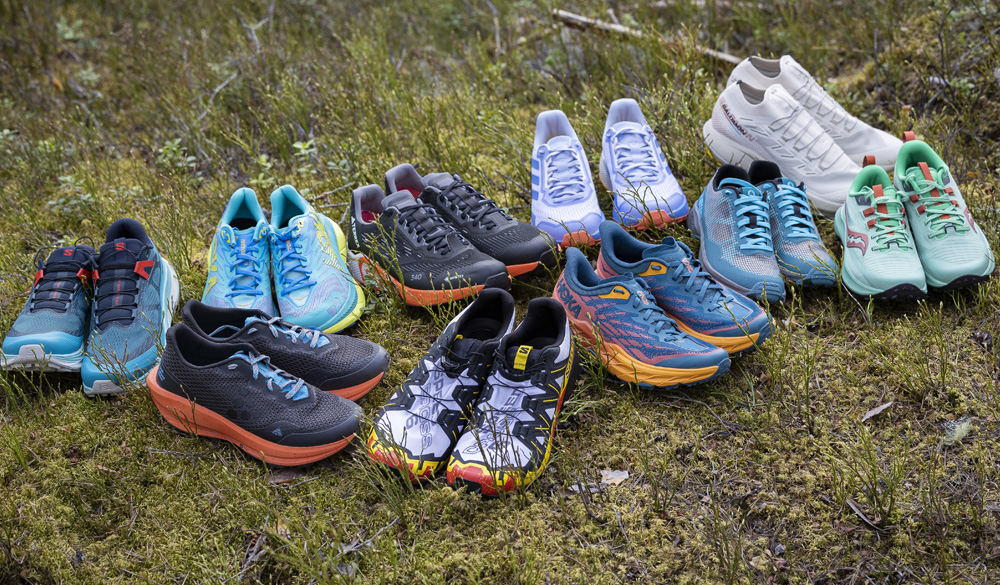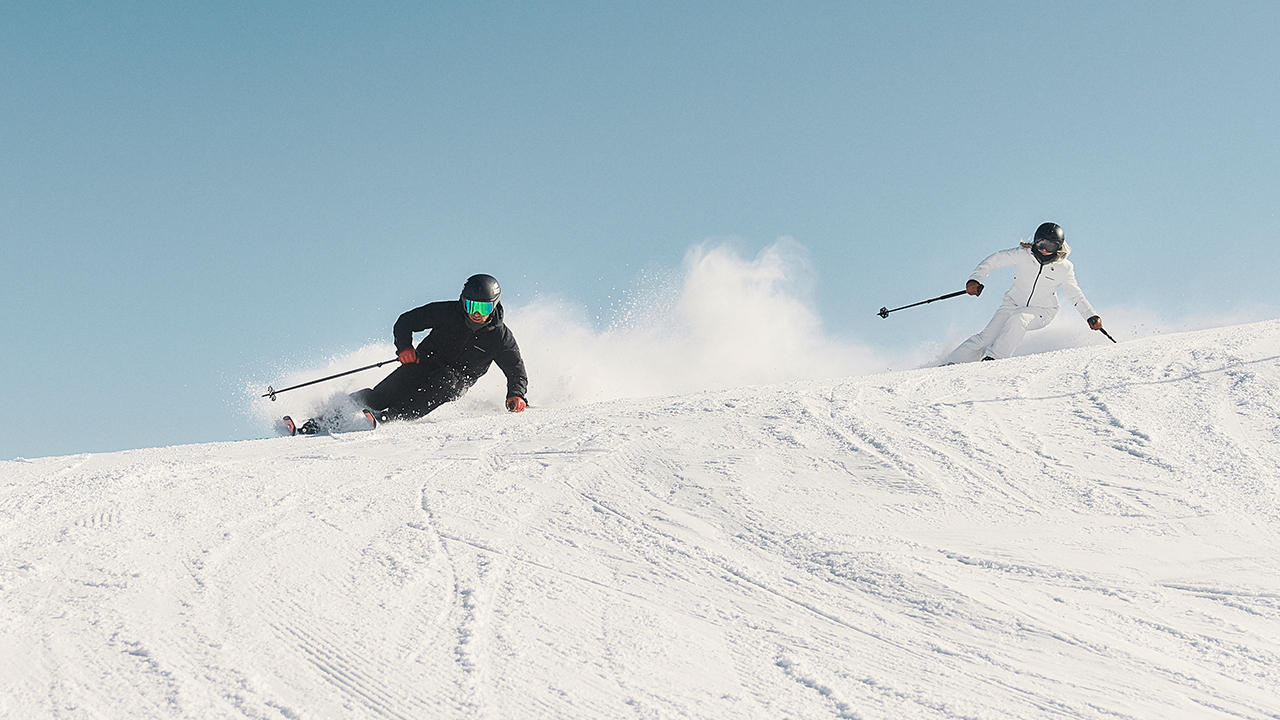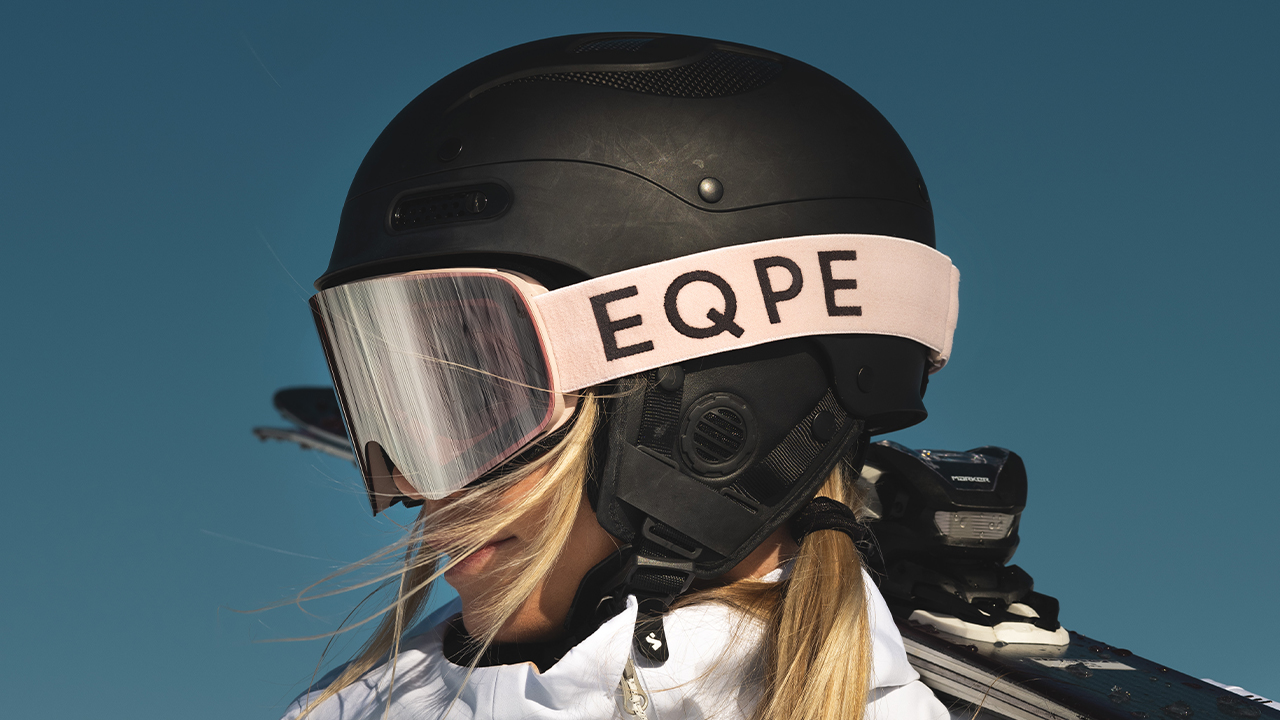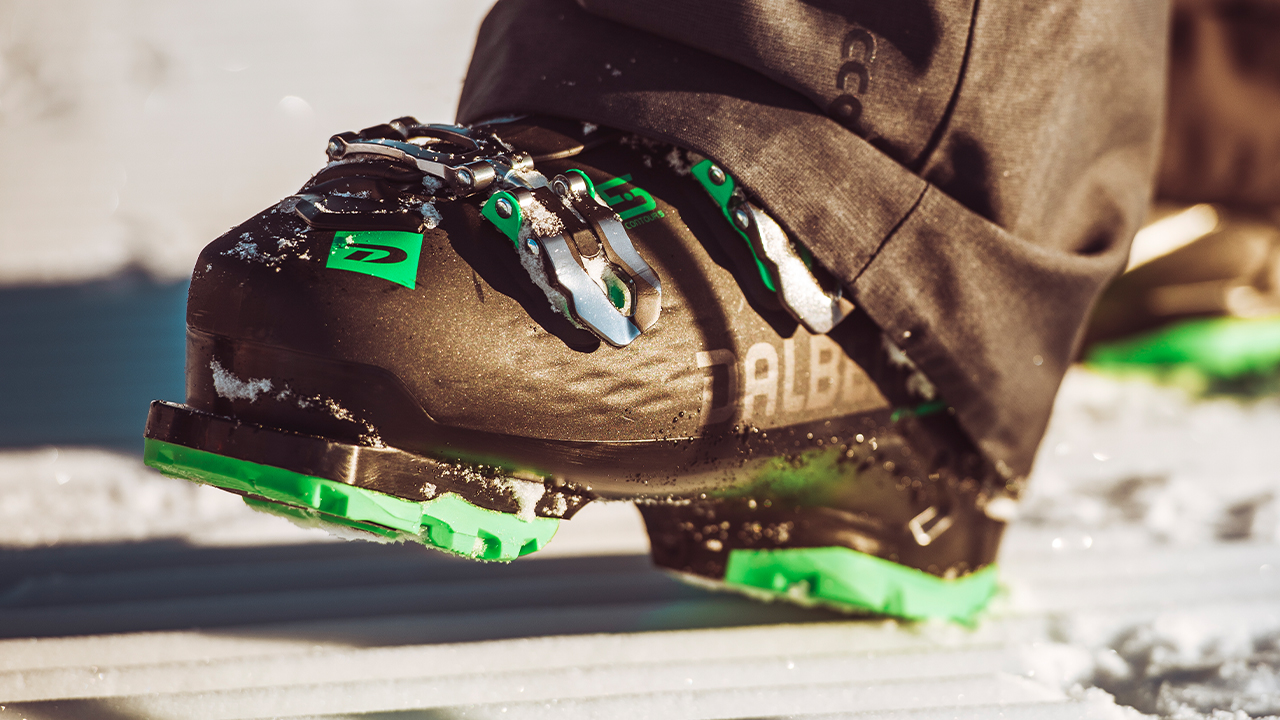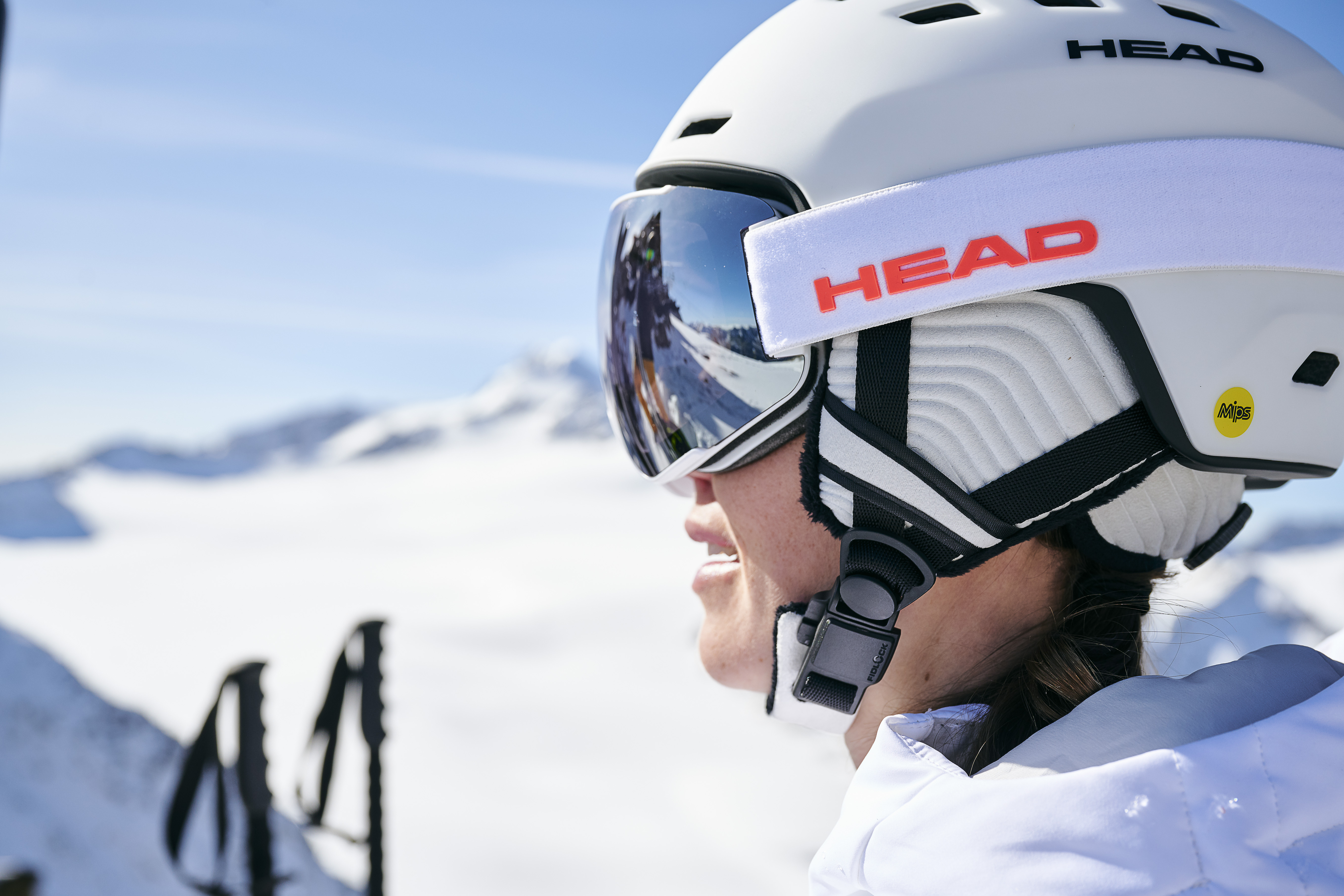Before you get too into things like camber, ski wax and waxless skis, consider what you want to achieve with your skiing. If you're aiming for the Vasaloppet competition you should choose a ski that is a bit more advanced than your current skiing capacity. If you are looking for simplicity, exercise, and that glorious cross-country feeling, you should, however, choose a less advanced ski which also does not require as much maintenance.
Terms that may be helpful to keep track of when you're choosing your skis include camber, skin skis, wax and riding style. The camber is the part of the ski under the foot which is not in contact with the ground when you stand with equal weight on both skis. A lot of the work in finding the right skis is about finding the right camber. As a beginner, the chamber should not be too stiff as you then run the risk of not getting enough grip. Your weight and riding ability decide how soft the ski should be and what camber you need. As a beginner or exercise skier, it may also be easier to choose a pair of skis that don't need waxing, also known as skin skis. Not having to wax your skis saves a lot of time which can make it easier for you to get out onto the trails. With skin skis, you only need to wax every now and again and perhaps swap the skin if it becomes very worn. Extra skins for Fischer's Twin Skin can be found here!
A good skier with good technique should opt for harder skis with a higher camber, which means that you get better glide when poling or when descending. For those aiming to shave seconds off their PB on long races, it may also be worth spending time on waxing your skis. Grip wax is applied in the grip zone of the camber and glide wax is then applied to the rest. What type of wax you should choose depends on the type of ski and your skill level. Wax tape is a simple alternative to grip wax and is applied in the grip zone.
Classical vs Skate
Classic cross-country skiing is the most common way of skiing, but you can also use a skating method that is more reminiscent of ice skating. Skating skis are generally shorter and have different properties than classical cross country skis. For those who are curious about skate skiing, we suggest Fischer's CSR Skate IFP.
What length should I choose?
What length you choose on your cross-country skis depends on your own length but also on your weight. In general, adults should choose a ski that is 20-30 cm longer than you are tall if using the classical style and 0-10 cm longer if you're using the skating style. If you weigh a bit less you should, however, choose a somewhat shorter ski and conversely a somewhat longer ski if you're a bit heavier. When you buy skis from us we always ask you to enter your body weight and skill level so that we can adapt your skis accordingly.
Poles and boots
Of course, having found the perfect skis is not enough - you also need ski boots and poles to give you comfort and support out on the trails. For each ski, we usually recommend ski boots and bindings. This is listed under the headings "Add binding" and "Add boots" on the right-hand side of the menu next to the ski you're interested in. The most important thing is that your boots are comfortable and that they suit the bindings on your skis. When you're choosing ski poles you have everything to gain by choosing a pair of lightweight and stiff poles that provide you with power and support while skiing. Just like the skis, the poles should be adapted to your height. For classical cross-country skiing, the poles should be approx. 84% of your height while poles for skating should be about 90% of your height. Have fun on the trails!
